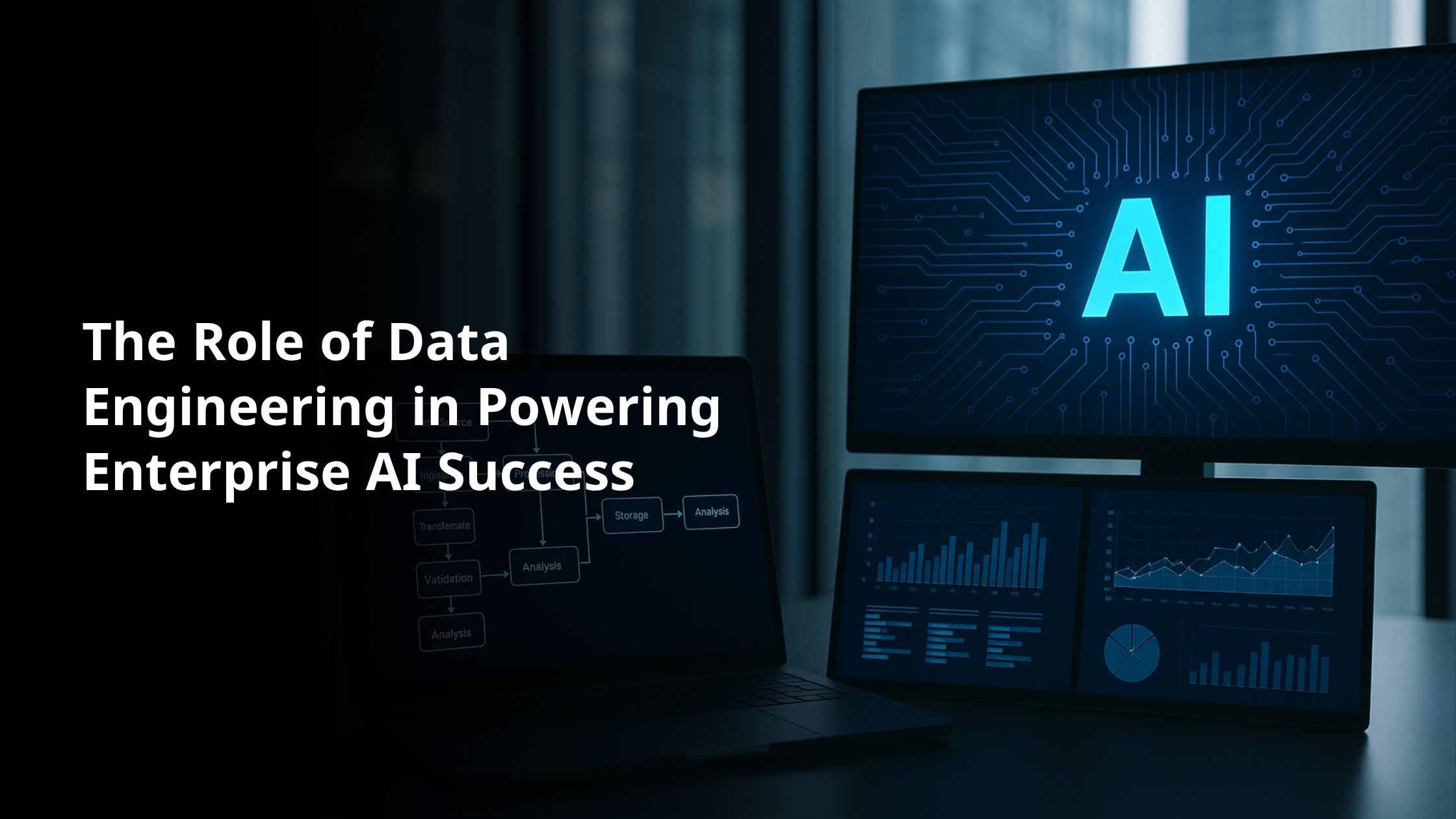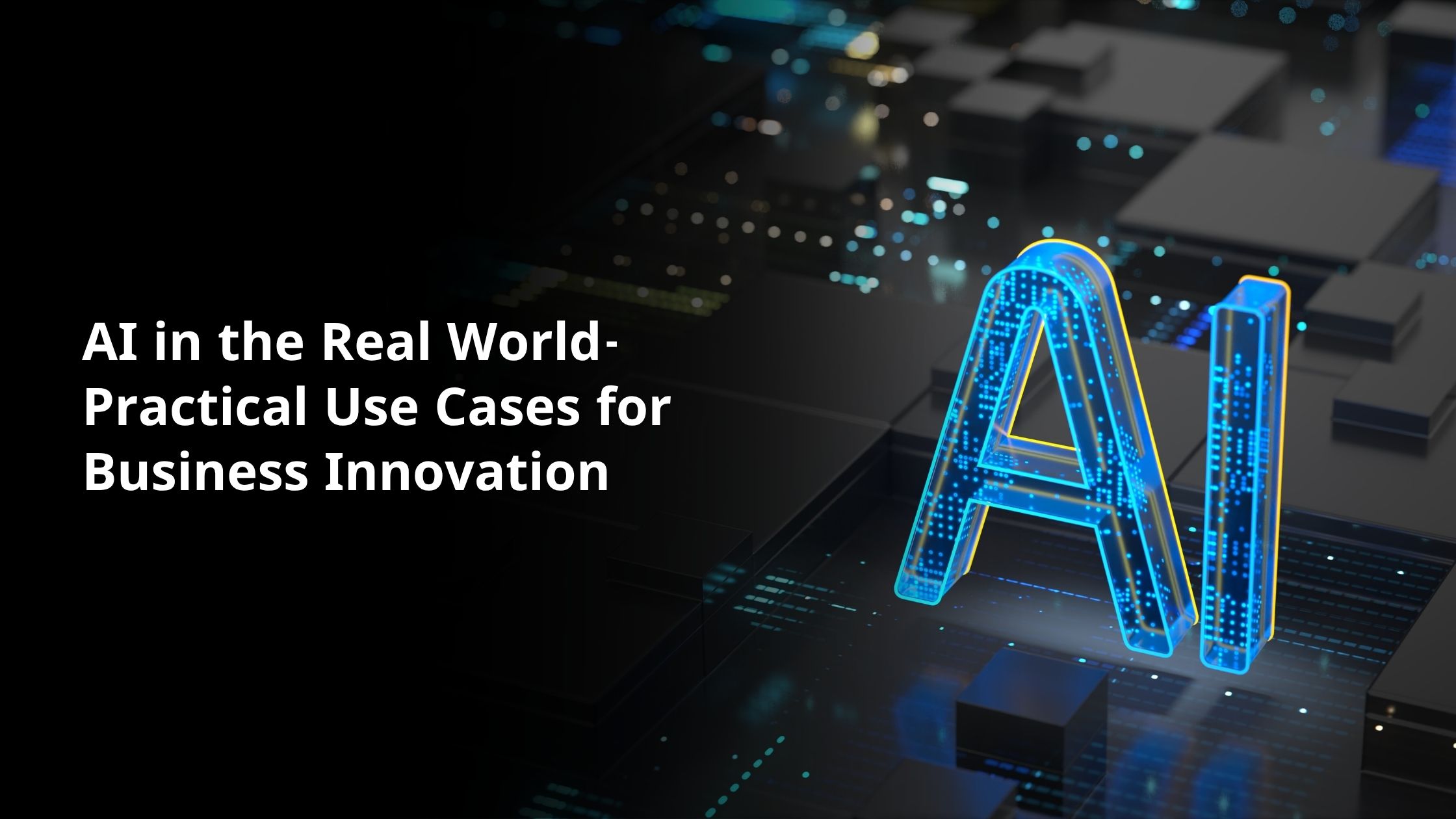Why Data Engineering Is the Backbone of Every Successful Power BI Project
Data is essentially what keeps businesses alive in the present time. Organizations across industries are generating massive volumes of information that can be used to discover valuable insights when handled effectively. The area of transforming raw, unstructured data into reliable and meaningful information to drive smart decisions lies at the core.
Power BI empowers companies to visualize data and uncover trends, but every successful Power BI projects lies in data engineering. A solid data engineering framework ensures that a business works with high-quality, consistent, and well-structured data, fueling accurate reporting and impactful analytics.
Understanding the Role of Data Engineering
Data engineering implies designing, developing, and maintaining the architecture that will allow seamless collection, storage, and analysis. This means creating an entire infrastructure that will let data move smoothly within systems and reach the user clean and well-structured.
The goal is to enable an organization to derive value from vast amounts of data without being overwhelmed by its complexity.
The core aspects of data engineering include
Data Pipeline
Data pipelines are automated systems that move data across numerous platforms. They handle both batch and real-time data movements so that no data is left unaccounted for, and every piece is data-ready.
Data Warehouses
They are basically the core storage in which the data collected from the different sources is kept. As they are built for analytical queries, they allow the Power BI team to operate without any hindrance by getting the correct, up-to-date data.
Data Leaks
Highly scalable repositories for robust structured and unstructured data in the most natural or raw form are generally used as a launching pad for advanced analytics and predictive monitoring.
ETL and ELT Workflows
The ELT and ETL processes are the same in that they first require data extraction from different systems, then cleaning and transforming the data, and finally, loading it into any business department that needs it.
Data engineering has gone far beyond traditional database management. Big Data and cloud computing allowed for faster and more flexible solutions to handle complex data ecosystems much more effectively.
The Connection Between Data Engineering and Power BI
A successful Power BI project is enabled only through reliable, timely, and adequately structured data. Data engineering lays the groundwork for which Power BI can do its best.
- Data Integration and Preparation
Data engineers are responsible for the end-to-end flow of data, data integration from multiple sources, and data in different formats. They clean and transform the data to remove inconsistencies, fill in missing values, and standardize fields. Clean and consistent datasets enable Power BI to display dashboards reflecting accurate business realities.
- Data Quality and Consistency
Businesses rely on trustworthy data to make informed decisions. Data engineers create the systems that maintain the quality of the data, remove duplicate data, and fix data errors, all of which happen before the data is used for reporting. Such carefullness helps in avoiding incorrect insights and also ensures that Power BI visualizations are truly representative of the business performance.
- Scalability and Performance
Data engineering introduces efficient designs for storage, such as warehouses and lakes, which improve data retrieval. The structures are also honored by Power BI in the same manner, in that the latter is able to provide a quick and smooth user experience, even with the execution of a query containing a large volume of data. This scalability allows organizations to expand their analytics capabilities without performance issues.
- Improved Analytics and Insights
Raw data becomes highly valuable when transformed into a format that allows deep analysis. Data engineers enrich the datasets with contextual and calculated fields to help Power BI present deep visual insights. These insights are what drive the leaders toward data-driven strategies that improve business outcomes, forming a crucial part of a strong analytics architecture that supports seamless reporting and informed decision-making.
- Bridging Business and Technology
Data engineers take complex technical flows and convert them into practical, user-friendly tools for business users. Their work allows analysts, managers, and executives to interact easily with Power BI dashboards and make strategic choices based on high-quality information. They should be considered the bridge between data infrastructure and business intelligence.
Extending the Power of Business Intelligence with Data Engineering
Modern organizations rely on Power BI for visibility across operations, finance, and customer behavior. The accuracy and speed of these insights depend on how well data engineering systems are built. A well-engineered pipeline means Power BI is always working with current and trustworthy data rather than outdated and incomplete inputs.
Data engineers ensure the automation of repetitive data processes. This feature gets rid of human mistakes and allows the analysts to spend their time reading the insights instead of data preparation. Well-designed data models make Power BI more responsive, which leads decision-makers to real-time insights that can guide marketing strategies, financial forecasting, and operational planning.
Companies that invest in proper data engineering are also better prepared to face regulatory compliance. Properly designed governance controls ensure the security of sensitive data, and predefined access rules keep everything transparent and accountable. Power BI reporting is thereby both secure and compliant with standards of data protection.
Key Benefits of Strong Data Engineering in Power BI Projects
Reliable reporting means that all reports are in line with operational reality through accurate and timely data.
- Improved Efficiency: Automation of data flows significantly cuts down the time that had been allocated to manual data preparation.
- Better Decision-Making: The use of high-quality data leads to greater insight that enables the decision-making process to be both confident and well-informed.
- Scalability: Systems that are scalable will be able to manage an increase in the volume of data without any drop in their overall performance.
- Compliance and Security: Well-organized governance, along with protection measures, ensures the maintenance of both the integrity and the confidentiality of data.
- Faster Insights: Due to the fully loaded pipelines and the well-organized storage structures, data processing is getting faster, which in turn helps businesses to be able to act at the speed of their choosing.
- Cross-Department Collaboration: The integrated data system is providing all departments with access to the same trustworthy information through Power BI dashboards.
To Conclude
The core of any successful Power BI project requires strong data engineering. Your business will only achieve meaningful insights where data infrastructure supports quality, consistency, and scalability. Power BI depends on this base to turn raw data into actionable intelligence that will enable growth, and data modeling for Power BI plays a crucial role in shaping this foundation to deliver precise, well-structured, and insightful analytics.
At SIRA Consulting Inc., we envision a world where businesses thrive and lead through digital transformation. Our Digital Transformation Services guide organizations through every stage of this evolution, ensuring they’re prepared for the future of data-driven success. Contact us today to strengthen your Power BI projects with a strong foundation in data engineering.









